Articles
| Name | Author | |
|---|---|---|
| White Paper: Continuing Improvement through Process Modelling and Adaption | Peder Falk, Aviation Systems Professional, Aviro AB | View article |
| Case Study: A Look inside manage/m | Dr. Falk Kalus, Director of the manage/m® division, Lufthansa Technik | View article |
| White Paper: Business Analytics for the Airlines MRO Industry | Lakshmi Narasimhan, Assistant Vice President – Travel & Transportation, and Sunil Joshi, Subject Matter Expert, Hexaware Technologies | View article |
| Case Study: New IT for MRO, the build or buy dilemma for AirAsia | Juswil Adriani, MRO Liaison Engineer, AirAsia | View article |
| White Paper: Mobile Device Considerations for Supply Chain and ERP Related Systems | Byron Clemens, President/Principal Consultant, CKK Solutions | View article |
| Case Study: Getting the right people in the right place for each job on the schedule | Dr. Orkun Hasekioglu, CIO, Turkish Airlines Technic | View article |
Case Study: A Look inside manage/m
Author: Dr. Falk Kalus, Director of the manage/m® division, Lufthansa Technik
SubscribeA look inside manage/m®
Dr. Falk Kalus, Director of the manage/m® division at Lufthansa Technik sets out the developments, challenges and future visions of the business’s MRO-IT

Lufthansa Technik deals with MRO IT on two levels: it is not only a user of IT in its role as an MRO services provider, but also develops IT systems as a part of those services. The Technical Operations WebSuite manage/m® – stands for managing maintenance, repair and overhaul and is developed and managed by a division in Frankfurt and Hamburg, Germany
About manage/m®
On behalf of Lufthansa Technik, Lufthansa Technik Maintenance International is responsible for the Internet-based customer platform manage/m®, which was introduced 2005. Within the company, a core division in Frankfurt and Hamburg is responsible for the Technical Operations WebSuite.
Our aim is to provide a tailor-made system for our customers, which allows them to access all data for their entire fleet – for aircraft as well as engines and components. With our maintenance, repair and overhaul [MRO] services, customers can access a comprehensive overview of their fleet, using a wholly internet based software solution.
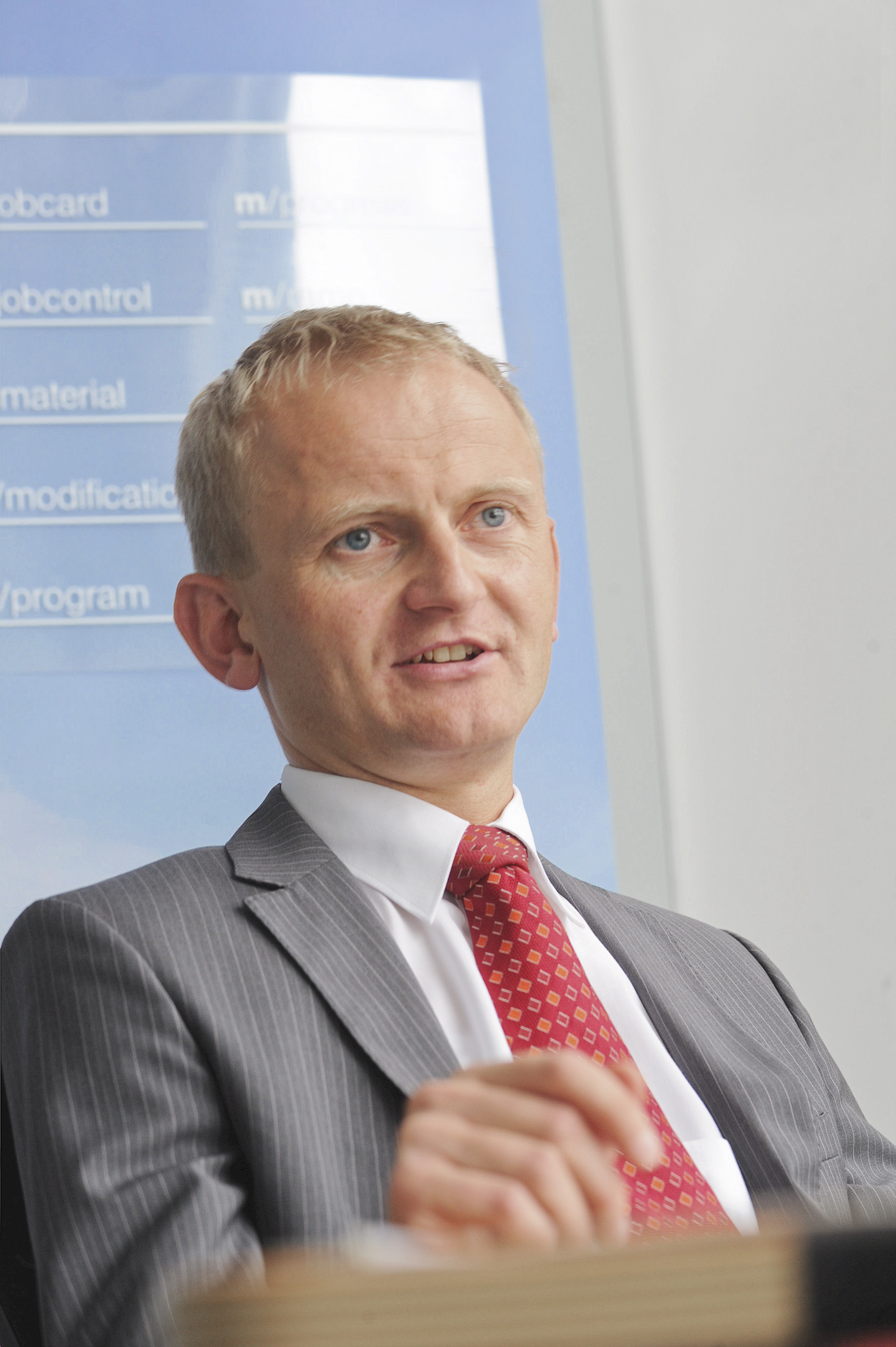
Dr. Falk Kalus
The transparency of this system supports operators’ control over their fleets and helps fulfill their responsibilities vis-à-vis the aviation authorities.
Commercial aircraft operators, by outsourcing all or part of their MRO function, are better able to focus on the profitability of their core business. However, operators’ responsibilities to the appropriate authorities cannot be outsourced; aviation authorities will still require operators to demonstrate full control over technical operations. This is exactly what manage/m® aims to deliver. At the touch of a button an operator can supply any information that may be requested – from showing the progress of an AD (airworthiness directive) implementation to reviewing the technical status of the entire fleet.
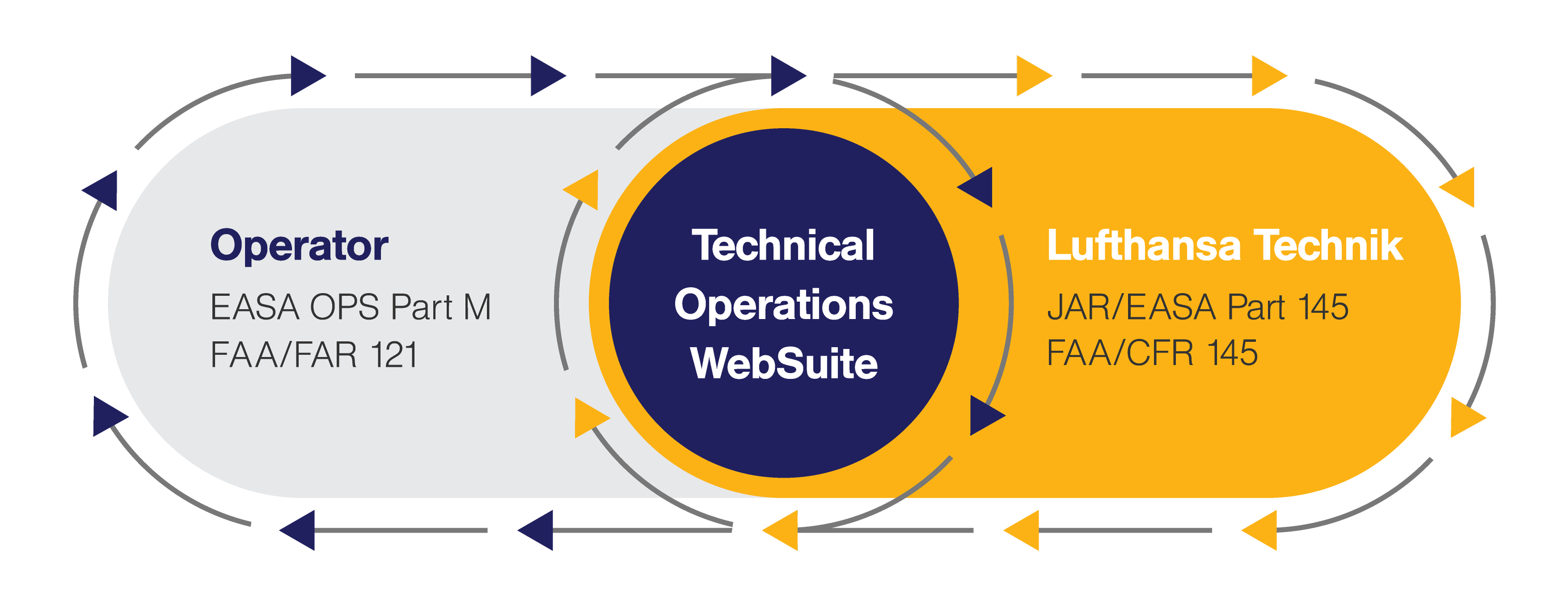
MRO is Lufthansa Technik’s core business, so how and why did the business come to develop this IT system? The main inspiration stemmed from the thought that we wanted to provide transparency in order for our customers to be able to check on their aircraft status at all times and report to the authorities. The thinking was to integrate the operator/customer’s processes with those of Lufthansa Technik into a seamless flow, encompassing all critical elements of the maintenance operation so that the operator is able to monitor and control the entire process.
The design philosophy behind manage/m® is a strict separation of different customers’ data, so that each customer can look inside their own operation with Lufthansa Technik. That is something that other off-the-shelf-products did not offer at the time. Technical operations management should not put a wall around the customer, but should be part of a perfectly integrated process that includes all partners involved in the technical/maintenance operation (e.g. the operator, subcontractors, maintenance personnel, Lufthansa Technik Engineering, etc.) At the same time, the software supports every specialist operation within Lufthansa Technik, showing how different MRO procedures are linked through the interfaces between different modules. More than five decades of MRO experience have been incorporated into the software to give customers a fully working integrated system, designed in accordance with the rules and regulations of the industry.
Our IT solutions are based on operational experience and our motto is ‘IT follows business’: manage/m® is automatically included with the MRO services package: there are no extra costs such as license fees connected with its installation and usage. This software concentrates on the technical operations only; staff and finance planning or HR are deliberately omitted. Since the system is completely web based, the operator only needs a computer, a browser and access to the Internet to always be up to date with their fleet’s status around the globe and around the clock. This is a big advantage over hosted IT systems which are restricted to a dedicated, complex and costly IT infrastructure.
But who exactly stands behind manage/m®; who develops the modules; how does the development process work; and who ensures the system is fully functional at all times? The responsible department comprises a core team of Lufthansa Technik employees who, along with internal and external service providers, take care of development, marketing, integration management and the WebSuite’s operations.
With the foundation of a manage/m® department we brought all related services together resulting in a seamless work flow between divisions, from project management to the daily business, supporting efficiency within the department. The department itself is divided into four sub-divisions: Development, Operations, Product Management and Integration Management/Controlling. Most employees are Frankfurt based, while part of the Development and Controlling team is located in Hamburg.
Developing the modules
Right now, manage/m® comprises 15 modules.

The status of the modules is never static but constantly evolving, taking into account daily customer experience. The development team is responsible for continuous improvement and further development of the software package through defined projects. In this way, the team enhances the existing portfolio with further modules and applications. The experienced project managers support the whole development cycle, including briefing the personnel and performing informational workshops with employees and customers.
Among recent projects was the development of the new module, m/modification, which manages supplementary maintenance and was added to the WebSuite at the beginning of 2011.
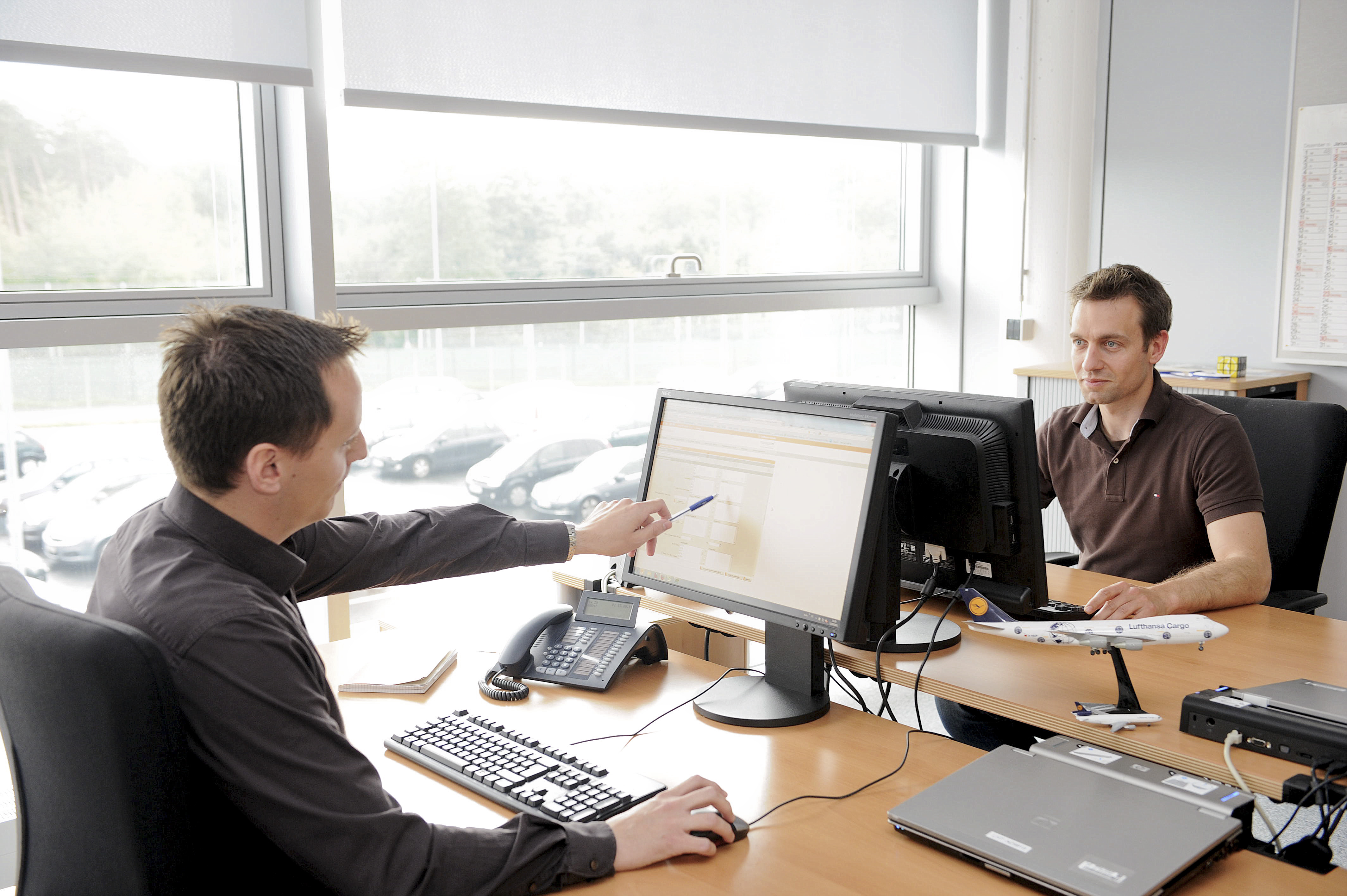
Replacing the old applications used for creating Engineering Orders, m/modification is Lufthansa Technik’s way of digitizing the process of document releases concerning supplementary maintenance, thus serving as a basis for the customer’s compliance reporting. Interfaces to the manage/m® applications for time tracking and scheduling as well as an interface for creating job orders ensure the module’s full integration within the WebSuite, providing customers with a fresh and inventive way to handle supplementary maintenance.
Insight to the creation of m/jobcontrol/engine
Another important addition to the WebSuite is the new WebService m/jobcontrol/engine responsible for the lifetime control of life limited parts (LLPs) in engines and APUs (auxiliary power units), as well as for other important engine components such as high pressure turbine blades. It replaces the former and, for the most part, outdated version of the Engine Lifetime Control System, which was merely a host system, and is designed to fit seamlessly into the manage/m® WebSuite, as against the former application, which was isolated. The new tool was also designed to be user friendly and to offer a high degree of quality standards.
The whole project lasted almost two and a half years, starting in August 2008 and ending with the final rollout of the new application in December 2010. Basically, it was structured into four phases: System Specification; Tender; Realization/Go Live; and Stabilization/Rollout. The first phase was lengthiest, taking a full year until August 2009. A detailed system requirement specification report of about 600 pages was created (including business processes, Graphical User Interface, core functions, database model and reporting) after numerous workshops with concerned departments and the definition of hundreds of test cases. As the project’s leader, Dr. Andreas Richter, Project Manager internet based MRO, Lufthansa Technik Maintenance International, was responsible for the development of the new module and understands what the challenges of such a huge project are.
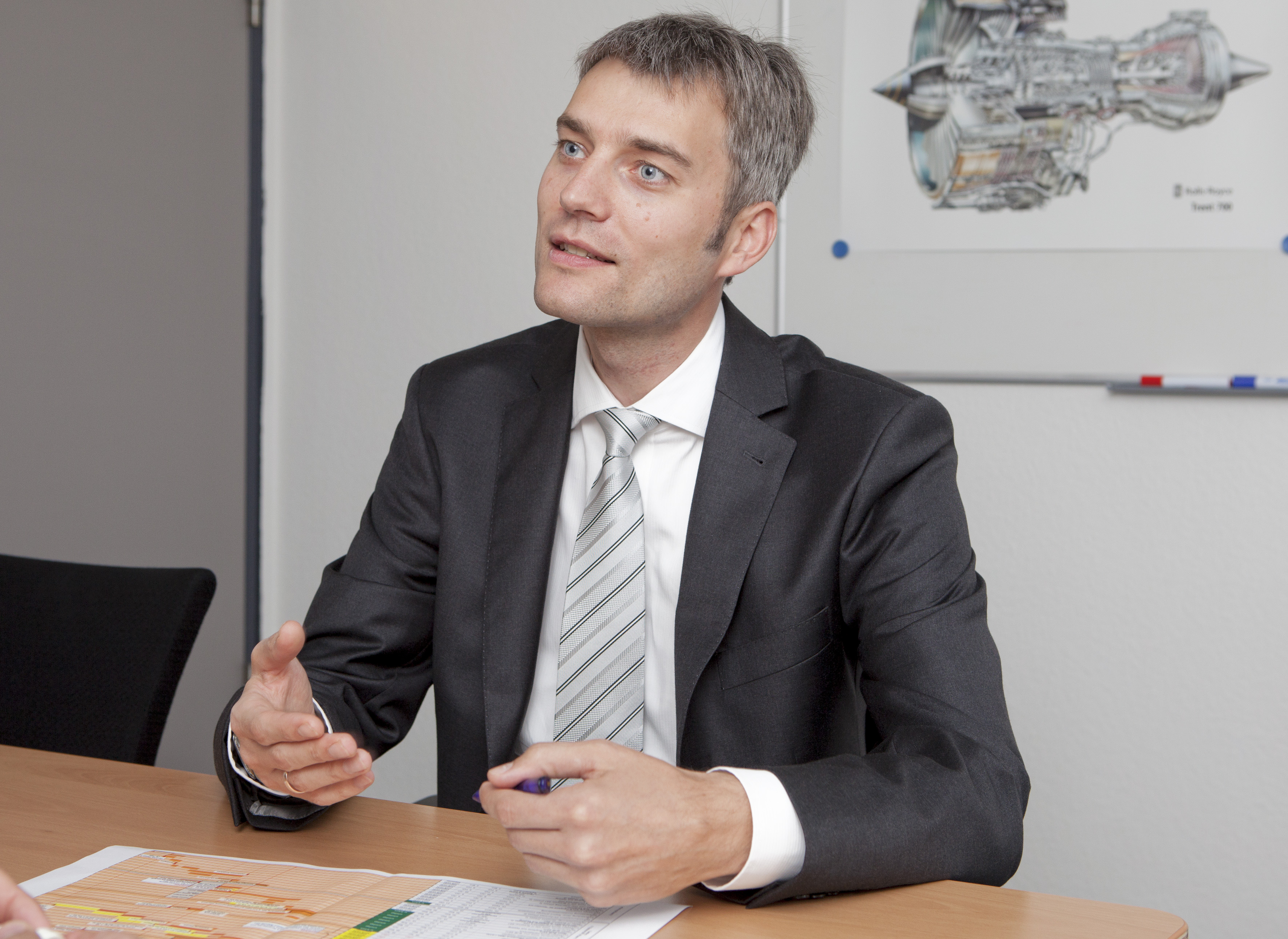
Dr. Andreas Richter
The demanding part during the first phase was creating a mockup, which served as the basis for all further discussions with the departments as well as for the extensive requirement specification we put together. It is very challenging to deal with such a complex topic in theory only.
To ensure permanent high quality performances throughout the project, the request for proposal was then sent to preferred suppliers in the software development sector who have long term business relationships with Lufthansa Technik. So that knowledge would be transferred with accuracy, workshops were held with these suppliers, after which they made an offer followed by price negotiations and the final selection of a supplier to support the project.
“As can be seen, it is essential for the supplier to have an accurate understanding of the desired application: after the supplier was chosen, we got the final approval of the executive board before we went on to the realization phase.” says Dr. Andreas Richter.
This phase of the project took nearly ten months. Starting in October 2009, the functions were clustered into seven time boxes or releases. Here, a System Design Specification was developed. Additions to our knowledge as the project proceeded caused partial redesigns, and we had almost daily releases in the second part of the development. Therefore, finding prompt solutions for all questions as they arose was a basic requirement to maintain the continuous processing and development of the application. More than one thousand test cases were continuously handled during this time, including an integration test within the Lufthansa Technik infrastructure.
Finally, after seven months, GoLive commenced with the Master Parts List being the first release, in April 2010, followed by the Lifetime-Control three months later. “The key challenge for us within the realization was definitely managing the complex testing phase. Mainly, because the number of possible combinations is almost infinite, testing 100% of combinations was impossible. So, the team focused on test cases that they considered most probable and most complicated for the system. The composition of test data was particularly time consuming. That is why the team copied the database with the test data and imported the copied database daily into the system in order to be able to repeat the tests regularly.” says Richter
When m/jobcontrol/engine was finally rolled out in July 2010, the team made sure that the new system was in a stable condition and therefore phased out the old system step by step or, in this case, engine type by engine type.
At first, the old and new systems operated in parallel, also to compare the remaining life times in the new versus the old application. Then, the system was gradually migrated for each of the different engine types, starting with the GE90 and PW4000 and ending with the Trent 700: the Trent 900 as fitted to the A380 was directly incorporated into the system as soon as usage started. The complete validation of the new system against the old one assures the quality for users and, of course, helps customers to fulfill the requirements of aviation authorities. The team additionally made sure that the users of the tool understood what it is about and how to actually operate it, to which end they conducted training sessions shortly before the rollout.
“Looking back, I would have to say that, in addition to the requirement specification and the highly complex testing phase, the change management was a further highlight of the project. The complete change of look and feel along with the integration into the Lufthansa Technik infrastructure was definitely challenging for all of us. ‘All’ includes a total of 21 team members, from Lufthansa Technik. The development team in Hamburg had project leadership; I had the role of responsible project leader, coordinating the team and in charge of all kinds of technical issues.” says Richter
As a result, the new application m/jobcontrol/engine provides an end-to-end reference from the original maintenance requirement documents such as Engine Manuals, ADs (airworthiness directives) or SBs (service bulletins) up to the resulting maintenance orders. Moreover, the system offers current information regarding the engine configuration, part counters as well as a maintenance forecast for an entire aircraft fleet. Last but not least the back-to-birth history of the monitored parts can be maintained by the application. Together with its customized layout and individual reporting function m/jobcontrol/engine also offers a completeness check for the engine configuration.
Recent activities on the part of m/jobcontrol/engine include presentations by the manage/m® product management team to more than 200 Lufthansa Technik colleagues in Hamburg. We see here, how the different teams cooperate when it comes to direct support. Each team has its core competencies and functions; and we are all pulling in the same direction. In this case, the information about a new module which was developed by one team is distributed by another team specializing in these kinds of events. At this point, the product management takes over, providing information internally and externally through briefings, on-site training, publication of articles in magazines and other communication channels, while the operations department assures the availability of the system 24/7.
Keeping the system running – 24/7 operational availability
The operations division is considered the engine room of the department. In the aviation business, where everything is scheduled to utilize every second, the requirements on the service levels of an IT system are remarkably high. The challenge in IT operation is to sustain the required service levels at optimum cost efficiency and to provide excellent support for the user base. Staff members in the group share this responsibility and manage the ongoing development of individual software modules as well as the phase-in of completely new developed modules or functionality. Among the group there is an individual responsibility for each of the manage/m® modules and, apart from tasks to keep the system running, first and second level support is also delivered through the division.
As part of their regular work, team members help users to clarify pending problems. Sometimes these clarifications lead to ‘open items’ that have to be classified into either ‘bugs’ or ‘change requests’. In the case of actual bugs, ad hoc deployments will be initiated. On a regular basis, the collected change request requirements will be planned into scheduled releases and after agreement with all key users in Change Advisory Board meetings, the functionality will be programmed, tested and deployed.
New users need to also be furnished with a digital identity in the manage/m® system, giving them access to a bespoke set of permissions for the individual customer’s data. Definition of these roles and administration of the user accounts is also part of the staff’s work.
The 24/7 availability of hardware and software is outsourced but to maintain a high level of availability and performance, systematic analysis of all issues and incidents has to be conducted by the team itself. The result has been, in recent years, an average system availability of 99.8% which, with continuous learning and improvement, is unlikely to deteriorate.
Other tasks include the phase-in and phase-out of single aircraft or entire fleets, where the group has to make sure everything is processed in the correct order to have accurate control over aircraft configuration and all due dates.
When the system is integrated into a customer’s IT environment the division makes sure this is established seamlessly utilizing available interfaces between manage/m® and third party solutions.
Product management
The scope of the product management encompasses all kinds of customer services, including customer acquisition, meaning direct support of the Lufthansa Technik Sales department in acquiring new customers through live demonstrations of the m/WebServices, coordination of the customer phase-in and even on-site training for clients. The team also manages a wide variety of helpful instruction courses. The actions include assisting with ongoing transfers of manage/m® applications, from Frankfurt and at the customer’s home base. In on-site training sessions they define processes together and provide instructions on software’s modules. Internal colleagues are also assisted, when setting up a new station. An example would be the starting phase of Lufthansa Technik Milan last year: Colleagues in Milan were assisted with the preparations for their new tasks on location by members of the product management team and shown how to set up manage/m®.
The team likewise helps airline customers to design the integration process and usage of the Technical Operations WebSuite. We have been working very closely with these airlines and helped them to set up manage/m®, customer processes and access rights according to their needs, while at the same time they helped us to improve our system and focus on the customer’s desires with consistent feedback and improvement suggestions. Thereby, system improvements such as the provisioning of new reports and the adaptation of existing functions based on customer demands are addressed by the product managers as well.
Customer service and flexibility is, of course, appreciated by VIP customers who are also taken care of by the product managers. From its home base in Frankfurt, the product management team additionally serves as the centralized point of contact for all kinds of questions concerning the software.
Product managers are also responsible for public relations, marketing and communications. Their goal is to make sure that the competitive advantage of their product is always secure and therefore they develop strategies to establish manage/m/® within the world market. Any news concerning the software – new developments, adjustments or general information – is distributed via product management. They write articles, are on location during trade shows and provide customers with promotional material. In co-operation with the Lufthansa Technik marketing department, the team takes responsibility for the WebSuite’s internet presence and develops the applications’ styleguide, setting references for the design and look of the WebSuite.
With this range of services the manage/m® product managers help enhance the quality of active customer assistance keeping a solid focus on what matters most – our customers’ satisfaction.
Controlling and Integration Management
manage/m® can only be further developed, if we get certain investments and control our budget right. Therefore, a special sub-division is responsible for all commercial issues and the integration management of the system. It bundles, coordinates and consolidates all kinds of software related issues. The team also manages and prioritizes the software project portfolio by coordinating the new releases of modules within the WebSuite. It gathers change requirements for the modules, setting up projects and planned releases and drives integration board decisions concerning these projects. The integration board is an institution at which the future investments for the product are discussed and decided.
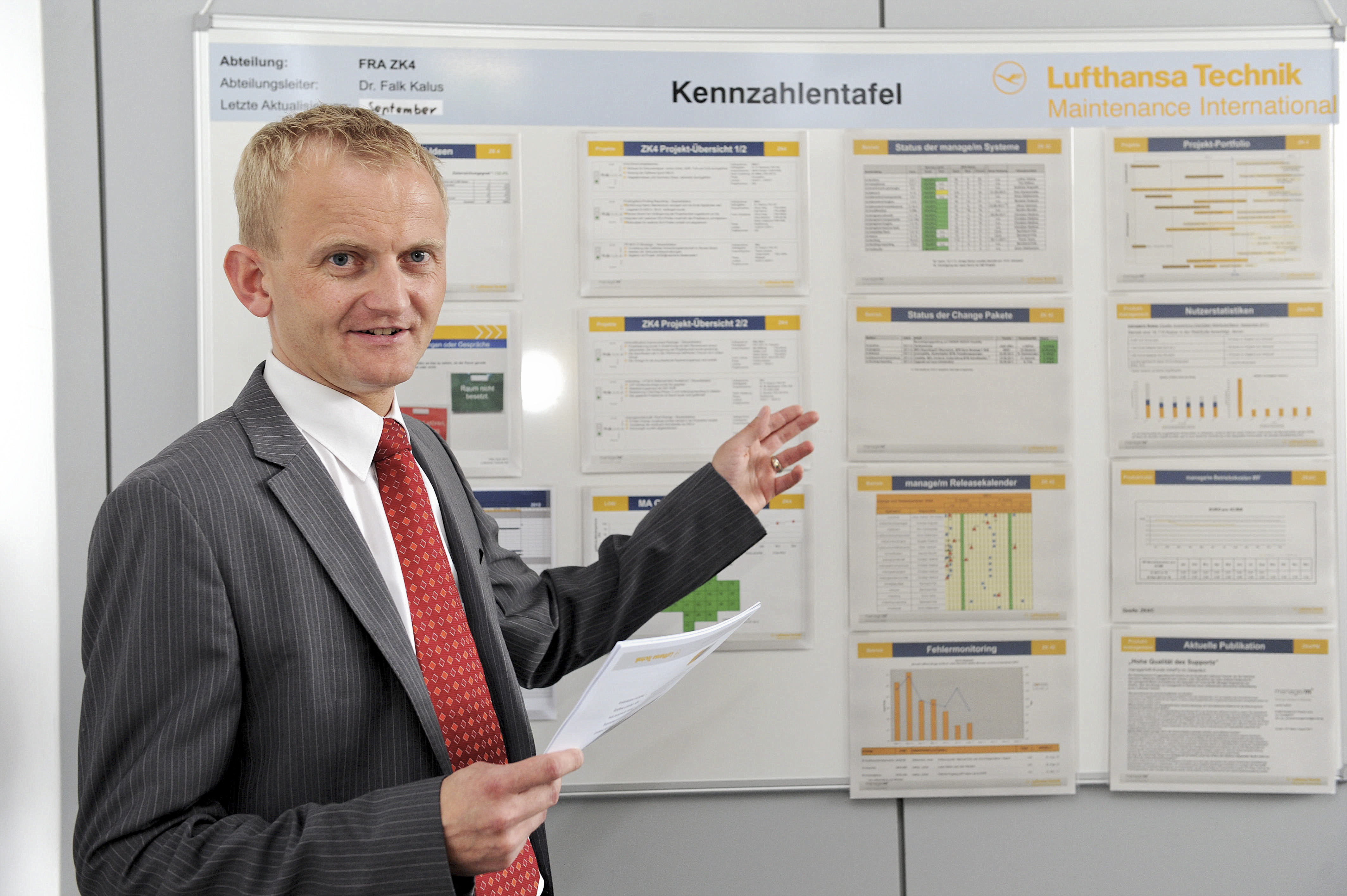
Among other responsibilities are the controlling of projects and the cost center, including budget planning, budget control and reporting. The team also supports the proposal preparations and structuring of all contractual agreements within the manage/m® environment. Finally, developing an accounting and pricing concept for the system is a further important task for the sub-division.
A look into the future – visions to come
The different teams within the department give an idea of just how complex the management of a toolbox of fifteen web-based modules is. We all want manage/m® to work in the best way possible and this is only feasible when all the different staff experience and competencies come together.
For its future, we see the software package as a constantly evolving system setting new trends, as it did when it first came out. When we introduced manage/m® six years ago, we were one of the first to establish a system, which is fully web-based, relying on 100% web technology. We wanted our customers to profit from maximum flexibility. While Lufthansa Technik has proven its foresight with the product’s technologies it intends to keep manage/m® at the forefront. In the future, [the system] will be focusing on new technologies like, for example, Web 2.0 and mobile technologies, to make usage even more convenient for our customers. At the same time, modules like m/modification/software are compatible with the newest aircraft types such as the Boeing Dreamliner 787 or the Airbus A380. There is also an intention to link the e-logbook with manage/m®’s m/techlog. The product history of the software shows that we like to set trends with our ideas and technologies. There will be a lot more to come and we are excited about the journey ahead.
Completely managing our maintenance

Dutch airline ArkeFly is one of the most intensive users of Lufthansa Technik’s Technical Operations WebSuite manage/m® and was launch customer for the module m/compliance. We spoke to Tonio de Wit, Engineering Manager from ArkeFly about the uses of the system in the context of a wide-ranging MRO support by Lufthansa Technik.

Antonio de Wit, Engineering Manager, ArkeFly
Lufthansa Technik: How would you describe the flight and technical operations of ArkeFly?
Tonio de Wit: ArkeFly is the in-house airline for tour operator TUI in the Netherlands. It gives TUI Nederland the opportunity to develop new destinations and products and makes the tour operator less dependent on destinations and products offered by third party charter airlines. Nevertheless, having an in-house airline also brings a lot of challenges, especially in the off-season when demand is more for long-haul than for medium-haul destinations.
LT: Which characteristics of manage/m® have convinced ArkeFly to employ the internet-based system for its technical operations?
TdW: ArkeFly decided to change to Lufthansa Technik for technical support of the Boeing 767, so they could help increase the reliability of the aircraft. The main drivers were the high-quality MRO support and large pool of components which could support the ArkeFly fleet worldwide. Since ArkeFly was a small organization, the Part-M activities were also included in the contract.
The manage/m® WebSuite was the management information system tool Lufthansa Technik made available as part of the contract for the Boeing 737. The advantage was that it had no additional costs and is part of the MRO services Lufthansa Technik has to offer, making sure that we can commit to our responsibility as an operator in communicating with the authorities.
LT: Which role does manage/m® play in the communication between ArkeFly and Lufthansa Technik as the provider of technical support?
TdW: We use the manage/m® WebSuite in order to take care of the complete maintenance management without having to build our own database, other programs, or additional manual files. Today, we are in the final stages of the implementation of structural damage files in manage/m®. This will be in preparation for the new aging aircraft safety regulations (AASR) program which Lufthansa Technik will develop on our behalf.
Also, we are now in an advanced stage of getting the so-called traffic-light system operational. This is a new application within m/compliance through which we can see if all maintenance program tasks are under control. If the system indicates a pending problem, we are guided to the cause of the issue, and it can be rectified in a timely manner. If all aircraft show green, we know we have all our maintenance under control.
LT: As one of the most intensive users of manage/m®, ArkeFly has kept up with past system advances. Where would you like to see the future development of manage/m® going?
TdW: Since we started using manage/m® as our sole maintenance management information system for the B737, we have experienced changes, as mentioned earlier, for example, within m/compliance, that led to significant improvements for ArkeFly. We were launch customer for this module and were able to feed it with our expectations in regard to a desired outcome. In the future, we would like to fully support further developments within [the system] especially when it comes to expanding component management. As all component changes (not only pool components) for the ArkeFly Boeing 737 fleet are entered in the manage/m® system, ArkeFly, once again, becomes an obvious candidate for being a launch customer.
Comments (0)
There are currently no comments about this article.

To post a comment, please login or subscribe.